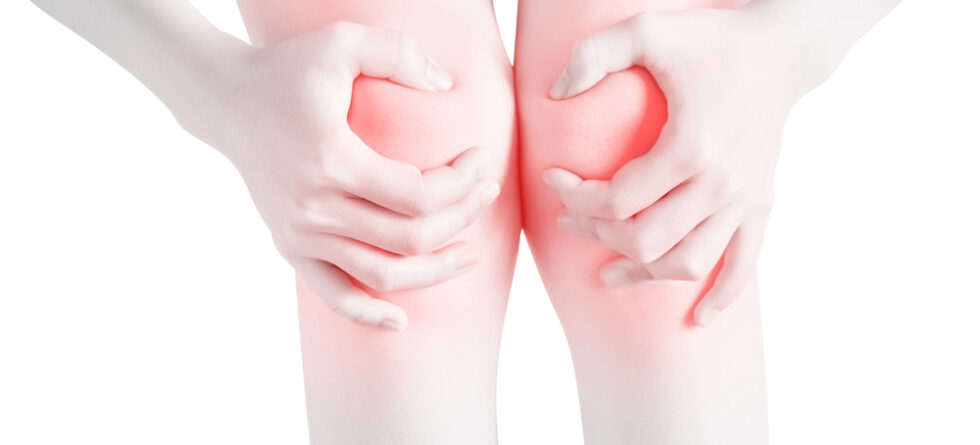Knee pain is a common ailment that affects people of all ages, significantly impacting the quality of life by limiting mobility and causing discomfort. Fortunately, medical science is continually evolving, bringing new treatments to the forefront that offer hope for those suffering from chronic knee pain. This blog post explores some of the latest advancements in knee pain treatment, highlighting their mechanisms, benefits, and what patients can expect.
Cutting-Edge Treatments for Knee Pain
1. Platelet-Rich Plasma (PRP) Injections
PRP therapy is a form of regenerative medicine that utilizes the healing properties of the patient’s blood. Platelets are separated from the blood and concentrated before being injected into the affected knee area. This process promotes natural healing by stimulating the regeneration of tissues and reducing inflammation. PRP injections have shown promise in treating conditions such as osteoarthritis and tendon injuries.
2. Stem Cell Therapy
Stem cell therapy is another regenerative medicine technique gaining traction for knee pain treatment. Stem cells can differentiate into various types of cells, promoting the repair of damaged tissues, including cartilage. This therapy can potentially regenerate knee tissue, offering a more long-term solution to knee pain caused by degenerative diseases.
3. Hyaluronic Acid Injections
Although not entirely new, the use of hyaluronic acid injections has advanced. These injections, also known as viscosupplementation, involve injecting hyaluronic acid directly into the knee joint to lubricate it, improving mobility and reducing pain. It’s particularly effective for individuals with osteoarthritis.
4. Radiofrequency Ablation (RFA)
RFA is a minimally invasive procedure that uses heat generated by radio waves to target specific nerves that transmit pain signals from the knee. By temporarily deactivating these nerves, RFA can provide relief from chronic knee pain without the need for surgery.
5. Cold Laser Therapy
Cold laser therapy, or low-level laser therapy (LLLT), uses specific wavelengths of light to interact with tissue and help accelerate the healing process. It can reduce inflammation, relieve pain, and enhance tissue repair. This non-invasive therapy is particularly beneficial for soft tissue injuries and osteoarthritis.
Conclusion
The landscape of knee pain treatment is rapidly evolving, with new therapies focusing on regeneration, relief, and the restoration of function. These innovative treatments offer hope for individuals seeking alternatives to traditional methods like surgery or long-term medication use. Regardless, it’s necessary to consult with a healthcare professional to determine the most appropriate treatment based on the specific cause and severity of your knee pain.
Advancements in medical technology and treatment strategies continue to improve the outlook for those suffering from knee pain, promising enhanced quality of life and greater mobility. As research progresses, even more, innovative solutions are likely to emerge, further revolutionizing the approach to knee pain management.




